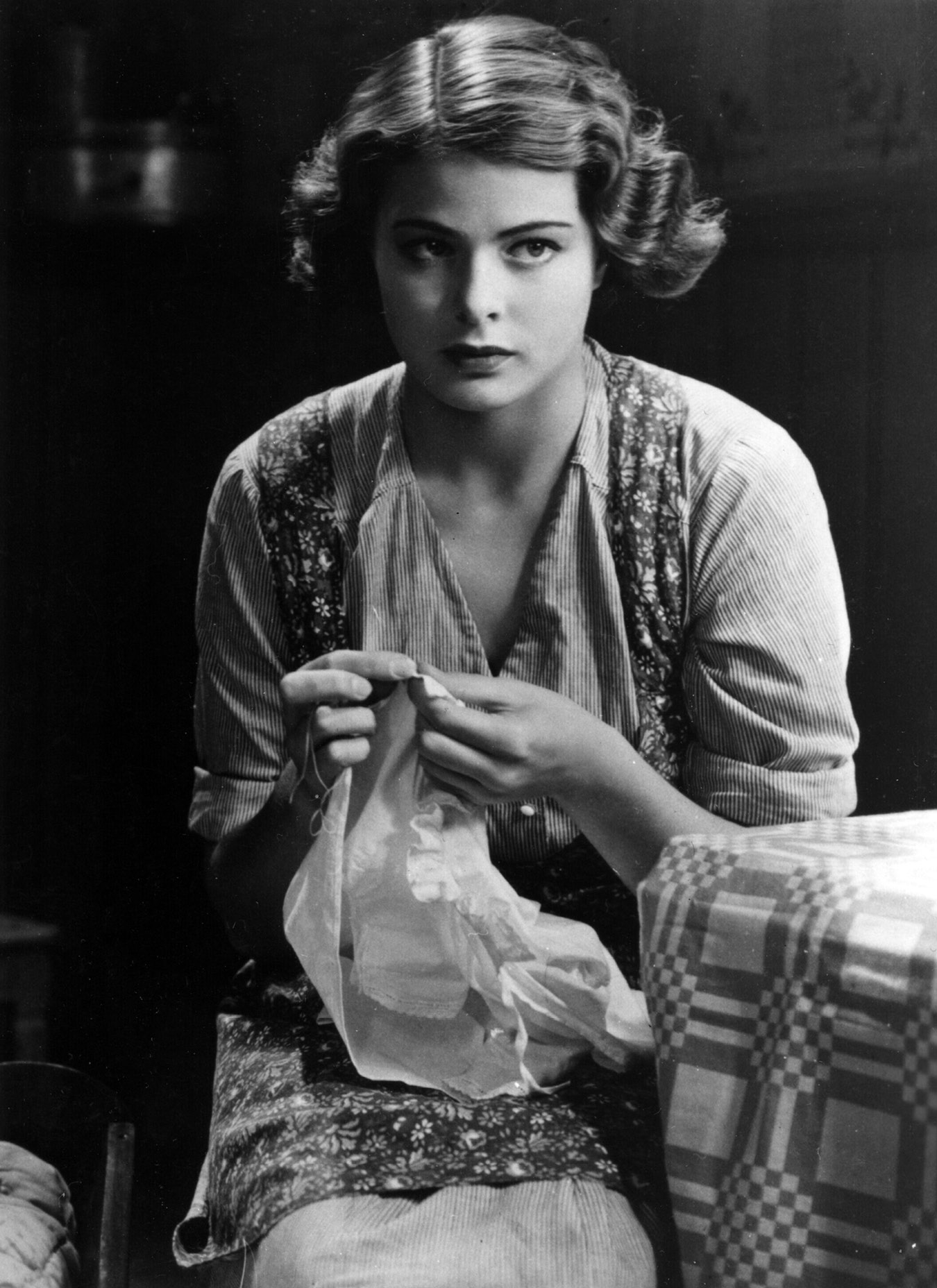The Essential Films of Ingrid Bergman
The Essential Films of Ingrid Bergman
Constantine Santas
James M. Wilson
ROWMAN & LITTLEFIELD
Lanham Boulder New York London
Published by Rowman & Littlefield
An imprint of The Rowman & Littlefield Publishing Group, Inc.
4501 Forbes Boulevard, Suite 200, Lanham, Maryland 20706
www.rowman.com
Unit A, Whitacre Mews, 26-34 Stannary Street, London SE11 4AB
Copyright 2018 by The Rowman & Littlefield Publishing Group, Inc.
All rights reserved. No part of this book may be reproduced in any form or by any electronic or mechanical means, including information storage and retrieval systems, without written permission from the publisher, except by a reviewer who may quote passages in a review.
British Library Cataloguing in Publication Information Available
Library of Congress Cataloging-in-Publication Data
Names: Santas, Constantine, author. | Wilson, James M., 1959 author.
Title: The essential films of Ingrid Bergman / Constantine Santas, James M. Wilson.
Description: Lanham : Rowman & Littlefield, [2018] | Includes bibliographical references and index.
Identifiers: LCCN 2018004349 (print) | LCCN 2018004698 (ebook) | ISBN 9781538101407 (electronic) | ISBN 9781442212145 (cloth : alk. paper)
Subjects: LCSH: Bergman, Ingrid, 19151982Criticism and interpretation.
Classification: LCC PN2778.B43 (ebook) | LCC PN2778.B43 S36 2018 (print) | DDC 791.4302/8092dc23
LC record available at https://lccn.loc.gov/2018004349
 The paper used in this publication meets the minimum requirements of American National Standard for Information SciencesPermanence of Paper for Printed Library Materials, ANSI/NISO Z39.48-1992.
The paper used in this publication meets the minimum requirements of American National Standard for Information SciencesPermanence of Paper for Printed Library Materials, ANSI/NISO Z39.48-1992.
Printed in the United States of America
To TamaraJMW
To my children: Christiana, Xenophon, AristotleCS
Contents
Acknowledgments
I would like to acknowledge significant contributions to this work by Professor Emeritus Gerasimos Santas of the University of California at Irvine, who practically read the entire book chapter by chapter as it was being written, offering valuable advice on both form and content. My thanks also go to Joe Dmohowski, librarian of Whittier College, who kept sending me books relevant to this work and for encouraging me throughout the process of writing the book. Also, I wish to thank Harikleia Sirmans of Valdosta Public Library for compiling the index. Thank you to Eugenia Charoni, PhD, assistant professor of Romance languages, director of the Foreign Language Program and Language Lab at Flagler College. And, finally, to Stephen Ryan for his guidance in crafting of The Essential Films of Ingrid Bergman . Dr. James M. Wilson wishes to express his thanks to his research intern Colleen McPhee.
A Biographical Note
Ingrid Bergman was born in Stockholm, Sweden, on August 29, 1915, and died in 1982, at the age of sixty-seven. Her father was Justus Samuel Bergman and her mother, Frieda (ne Adler) Bergman, was of German extraction, so Ingrid was of mixed Swedish and German blood. From her father, an art dealer and photographer, she inherited her artistic disposition, and from her mother, the Germanic qualities of discipline and order. Frieda Bergman died in 1918 at the age of thirty-three when Ingrid was not yet three years old. She was left to the care of her aunt, Ellen Bergman, an austere Lutheran who took her to church and instilled in her a sense of religious awe. But Ingrid, a vivacious child, learned how to mimic and pose for her father, who constantly photographed her in stills and in motion, implanting in her the desire at an early age to act.
In 1922, at the age of seven, Ingrid entered the Lyceum of Girls, a school located near her residence, where she studied a wide variety of subjects from German to arithmetic, drawing, singing, biology, physical education (Sweden set the example throughout Europe for what was then called Swedish gymnastics), and cookingfor which Ingrid showed no taste. In 1929, when Ingrid was thirteen, Justus Bergman died, leaving his daughter to the care of various relatives for as long as she was underage.
After a period of bereavement and depression, Ingrid recovered, and she won high grades in most of her subjects, enough to gain a scholarship in 1933 at the prestigious Royal Dramatic Theatre School, established in 1787 by King Gustav III, where she was supposed to graduate in three years. There she was known for her poetry recitations and acting roles in school productions, and that helped her gain contacts with the Swedish producers by taking small roles as extras in several films. She left the Royal Dramatic School after a year and took a part in her first Swedish film, Munkbrogreven ( The Count of the Monks Bridge ) in 1934, at the age of nineteen. In the next five years, she acted in eleven Swedish films, some of which were quite notable, such as Intermezzo and En Kvinnas Ansikte ( A Womans Face ), both remade in Hollywood.
In 1936, Ingrid married Petter Lindstrom, a dentist and medical student, and two years later, Ingrid had a daughter, Pia, so when she came to Hollywood in 1939, she was already a married woman and a mother. Her career took a sudden turn when Intermezzo (1936) became an international hit, and Ingrid Bergman soon received a call from producer David O. Selznick. The producer had an uncanny sense of spotting foreign prospects, most recently hiring Vivien Leigh to play southern belle Scarlett OHara for Gone with the Wind .
Bergmans freshness and lack of affectation were the qualities first noticed by Selznick. Though the actress lacked the exotic demeanor of the likes of Greta Garbo and Marlene Dietrich, Bergmans simplicity of manner and lack of mannerisms endeared her to American audiences.
At first Bergman struggled with the demands of correct enunciation in English, and despite her efforts, her distinct Swedish accent (elongated vowels, emphatic consonants [Emma is heard as Eemma in A Womans Face ]) remained to the end of her life. Despite this, American audiences accepted her vaguely European qualities and easily identified her as one of themas, for instance, in The Bells of St. Marys , where she had identified herself as of Swedish origin, and yet nobody seemed to mind it.
Indeed, Bergman surpassed all expectations, and in the next half dozen years of Selznicks contract, she became queen of beauty, grace, and talentall thanks to her devotion, hard work, and belief in her art. Justus Bergmans daughter soon proved that she had inherited her fathers creative talents and her mothers dedication to the values of discipline and hard work.
A youthful Bergman from the film A Womans Face (1938). Svensk Filmindustri / Photofest Svensk Filmindustri
Above all, Bergman was a meticulous workaholic, totally dedicated to her art wherever it took herscreen, stage, television, or other professional matters. She came to the set fully prepared, knowing her lines and establishing a good rapport with the other actors. She insisted on taking more acting training, even after her best successes in film, and she benefited by working with top actors and directors, learning from and giving advice to those around her. Notable actors she worked with included Humphrey Bogart, Cary Grant, Charles Boyer, Gary Cooper, Spencer Tracy, Gregory Peck, Yul Brynner, Helen Hayes, Yves Montand, and George Sanders. Directors included Michael Curtiz, George Cukor, Leo McCarey, Alfred Hitchcock, Victor Fleming, Roberto Rossellini, Anatole Litvak, Anthony Asquith, and Ingmar Bergman. She disliked idleness and hated the breaks between films, when she was forced to remain home away from the set.
Next page
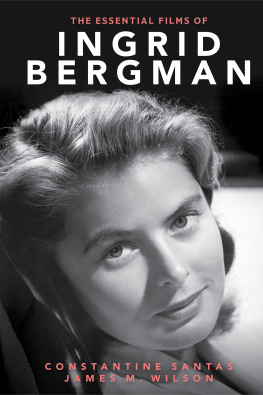
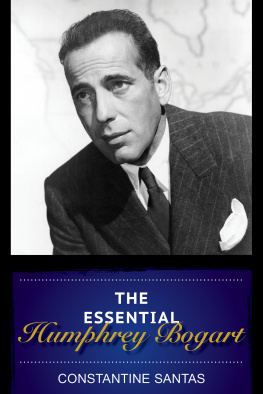





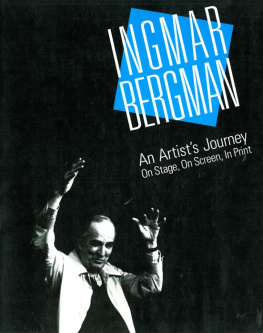
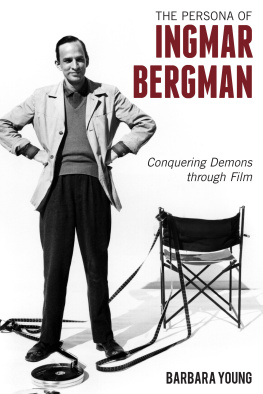
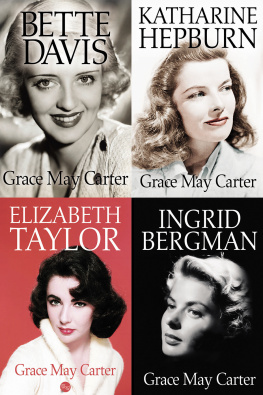
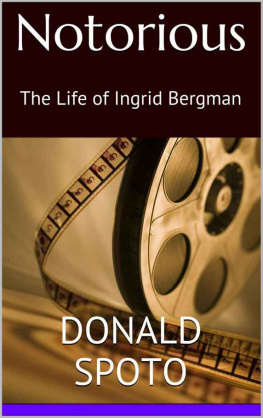
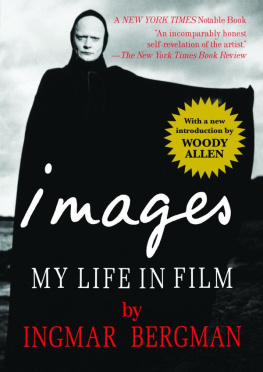
 The paper used in this publication meets the minimum requirements of American National Standard for Information SciencesPermanence of Paper for Printed Library Materials, ANSI/NISO Z39.48-1992.
The paper used in this publication meets the minimum requirements of American National Standard for Information SciencesPermanence of Paper for Printed Library Materials, ANSI/NISO Z39.48-1992.